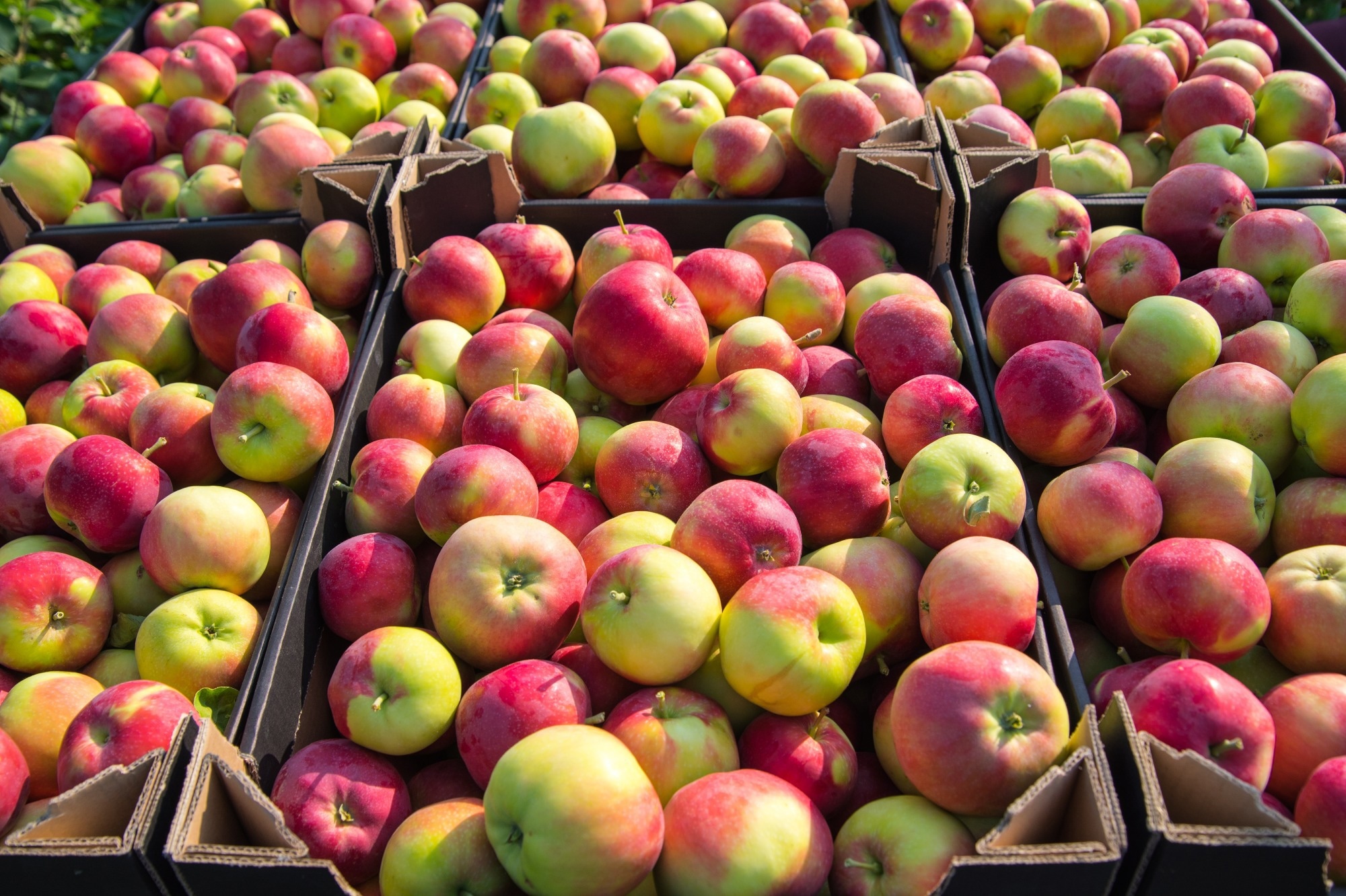In today’s world, where the global population is soaring and resources are becoming scarcer, the issue of food waste has gained unprecedented significance. According to the United Nations Environment Programme’s (UNEP’s) Food Waste Index Report, 2021, one-third of all food produced worldwide is wasted.1 This has far-reaching implications for food security, nutrition, and environmental sustainability.

Image Credit: KONDRATSKII MIKHAIL/Shutterstock.com
The repercussions of food waste are multifaceted. Firstly, it directly impacts food security by diminishing the available food supply. Furthermore, wasted food translates to lost nutrients, posing a serious threat to proper nutrition, especially in vulnerable communities. On a broader scale, food waste takes a heavy toll on the environment, depleting valuable resources such as water, land, and energy, which are all extensively used in farming practices. These resources go to waste when the food they helped cultivate ends up being discarded.
Reducing food waste has the potential to address important global challenges. First, by tackling food waste, we can make more food available, which will increase food security. Second, by reducing food waste, more people will have access to nutrition. This is help to address malnutrition. Finally, by reducing food waste, we can hope to tackle emissions. The agricultural industry is a main contributor of greenhouse gases; thus, when food is wasted, more food must be grown to feed the population. By cutting down on waste, we can cut down on the demand for agricultural processes and reduce greenhouse gas emissions.2
Recently, a groundbreaking solution has emerged in the fight against food waste. A collaborative effort between researchers from Princeton University and Microsoft Research has yielded a novel approach to assess the quality of fruit and reduce food waste.3
Leveraging cutting-edge high-frequency wireless technology, this innovation allows food producers to assess fruit quality and sort ripe fruit from the unripe. By enabling the sale of ripe fruit before it spoils, this technology promises a significant reduction in food waste, offering a beacon of hope in the battle against this global predicament.
Current Challenges of Current Methods of Determining Fruit Ripeness
The existing methods employed to assess fruit ripeness face significant hurdles. Notably, they lack reliability, often proving to be inconsistent and unreliable. Additionally, these methods tend to be laborious and costly, hampering their widespread implementation.
There is also no current, systematic approach to determining the ripeness of fruits and vegetables. Most often, visual inspection is the main method utilized in analyzing ripeness—but this method is far from perfect.
This method is entirely reliant upon human perception—one box of fruit may be checked in an entire distribution line, and the color or touch of the fruit in that box may determine its ripeness. It does not take into account the individual differences of all the pieces of fruit in a shipment. Therefore, visual inspections are often a poor predictor of fruit ripeness.
The novel solution from the collaboration between Princeton University and Microsoft Research aims to provide a reliable technology for fruit quality assessment that overcomes the challenges of current methods.
The Innovative Solution: Wireless Technology for Accurate Fruit Quality Assessment
Led by Yasaman Ghasempour, assistant professor of electrical and computer engineering at Princeton, and Ranveer Chandra, the Managing Director of Research for Industry and CTO of Agri-Food at Microsoft, the multi-institutional team developed a novel system for determining fruit ripeness using wireless signals in the sub-terahertz band.
The innovation delivers fruit to a scanner via a conveyor belt; upon reaching the scanner, the fruit is exposed to signals in the sub-terahertz range (from microwave to infrared). The signals are then analyzed so that the fruit can be inspected in fine detail. The levels of sugar and dry matter found beneath the fruit’s skin are investigated to give an indication of the fruit’s ripeness.
This method overcomes many of the challenges of the currently relied-upon visual inspection technique. The sub-terahertz pulses used in the new method penetrate below the skin, where some frequencies are absorbed, and others are reflected back with varying intensity. These reflections can be analyzed to help determine the signature reflection patterns of particular types of fruit in varying stages of ripeness.
Despite its effectiveness on smooth-skinned fruit, the tool encountered challenges when analyzing fruit with more complex skin textures, such as avocados. To overcome this, the team performed wave modeling and simulations. The team has also theorized that the novel tool could be used for the analysis of other food groups, such as meats and beverages.
Conclusion
Dedicating increased resources and effort to the development of tools aimed at curbing food waste is essential for building a sustainable and streamlined global food system. The innovative approach of analyzing fruit ripeness through wireless technology presents a promising solution in the fight against the global food waste crisis.
Embracing these advanced techniques on a broader scale holds the potential to substantially decrease the yearly volume of discarded fruits. This reduction not only promises to enhance food security but also represents a significant step toward a more efficient and responsible food industry, ultimately fostering a more sustainable future for us all.
References and Further Reading
- Why the global fight to tackle food waste has only just begun [online]. United Nations Environment Programme. Available at: https://www.unep.org/news-and-stories/story/why-global-fight-tackle-food-waste-has-only-just-begun (Accessed October 2023)
- Afzal, S.S. et al. (2023) ‘Agritera: Accurate non-invasive fruit ripeness sensing via sub-terahertz wireless signals’, Proceedings of the 29th Annual International Conference on Mobile Computing and Networking [Preprint]. doi:10.1145/3570361.3613275. https://dl.acm.org/doi/10.1145/3570361.3613275
- Scott Lyon. 2023. The world has a food-waste problem. Can this wireless tech help fix it? [online]. Princeton University. Available at: https://www.princeton.edu/news/2023/10/06/world-has-food-waste-problem-can-wireless-tech-help-fix-it (Accessed October 2023)
- Food Waste Research [online]. United States Environmental Protection Agency. Available at: https://www.epa.gov/land-research/food-waste-research (Accessed October 2023)
Disclaimer: The views expressed here are those of the author expressed in their private capacity and do not necessarily represent the views of AZoM.com Limited T/A AZoNetwork the owner and operator of this website. This disclaimer forms part of the Terms and conditions of use of this website.